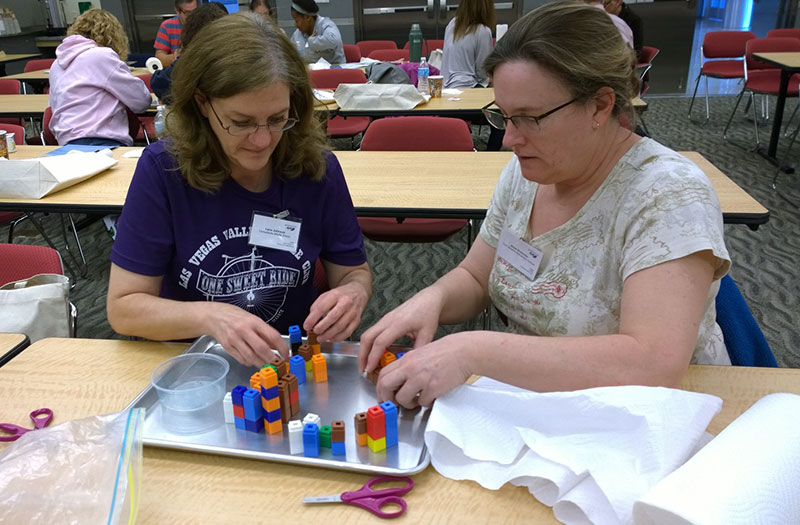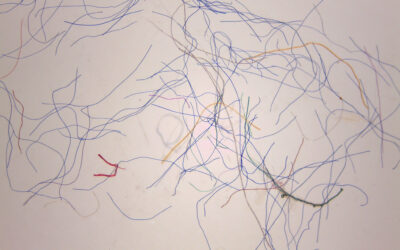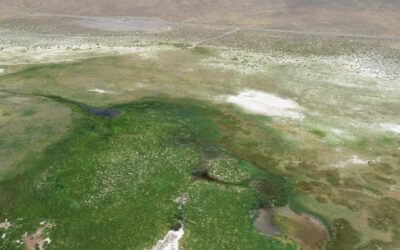DRI is pleased to announce “Space Education Educator Professional Development Training,” available for 80 educators. The training will be conducted in Las Vegas and Reno by four Nevada educators who were selected to attend the NASA Space Exploration Educators Conference in Houston in February. In addition to touring NASA facilities, the conference provided hands-on training in lesson plans and activities, and these educators will use the knowledge they gained to teach Nevada teachers.
“DRI is pleased to offer NASA-approved space education training to Nevada teachers,” said DRI STEM Education Program Manager Emily McDonald-Williams. “These educators are bringing their knowledge and experience back to share with educators statewide through two free professional development training courses for Nevada’s teachers. In addition, both trainings offer continuing education credits for attending educators.”
The trainings will provide lesson plans, resources, and hands-on engagement in space-based lesson plans that are grade-banded and Next Generation Science Standards aligned. Educators will leave prepared to integrate NASA-approved learning into their classrooms. Topics include the upcoming Artemis mission, Deep Space Discovery, Gravity Wells, and more.
Reno Training:
April 15, 2023
DRI’s Reno Campus
2215 Raggio Parkway Reno, NV 89512
K – 5th grade educators: 10 a.m. – noon
Lunch is available for all attendees from noon – 1 p.m.
6th – 12th grade educators 1 – 3 p.m.
Las Vegas Training:
April 22, 2023
DRI’s Las Vegas Campus
755 E Flamingo Rd, Las Vegas, NV 89119
K – 5th grade educators: 10 a.m. – noon
Lunch is available for all attendees from noon – 1 p.m.
6th – 12th grade educators 1 – 3 p.m.

Two teachers participate in an activity at a training session.
Credit: DRI.
###
About DRI
The Desert Research Institute (DRI) is a recognized world leader in basic and applied environmental research. Committed to scientific excellence and integrity, DRI faculty, students who work alongside them, and staff have developed scientific knowledge and innovative technologies in research projects around the globe. Since 1959, DRI’s research has advanced scientific knowledge on topics ranging from humans’ impact on the environment to the environment’s impact on humans. DRI’s impactful science and inspiring solutions support Nevada’s diverse economy, provide science-based educational opportunities, and inform policymakers, business leaders, and community members. With campuses in Las Vegas and Reno, DRI serves as the non-profit research arm of the Nevada System of Higher Education. For more information, please visit www.dri.edu.


